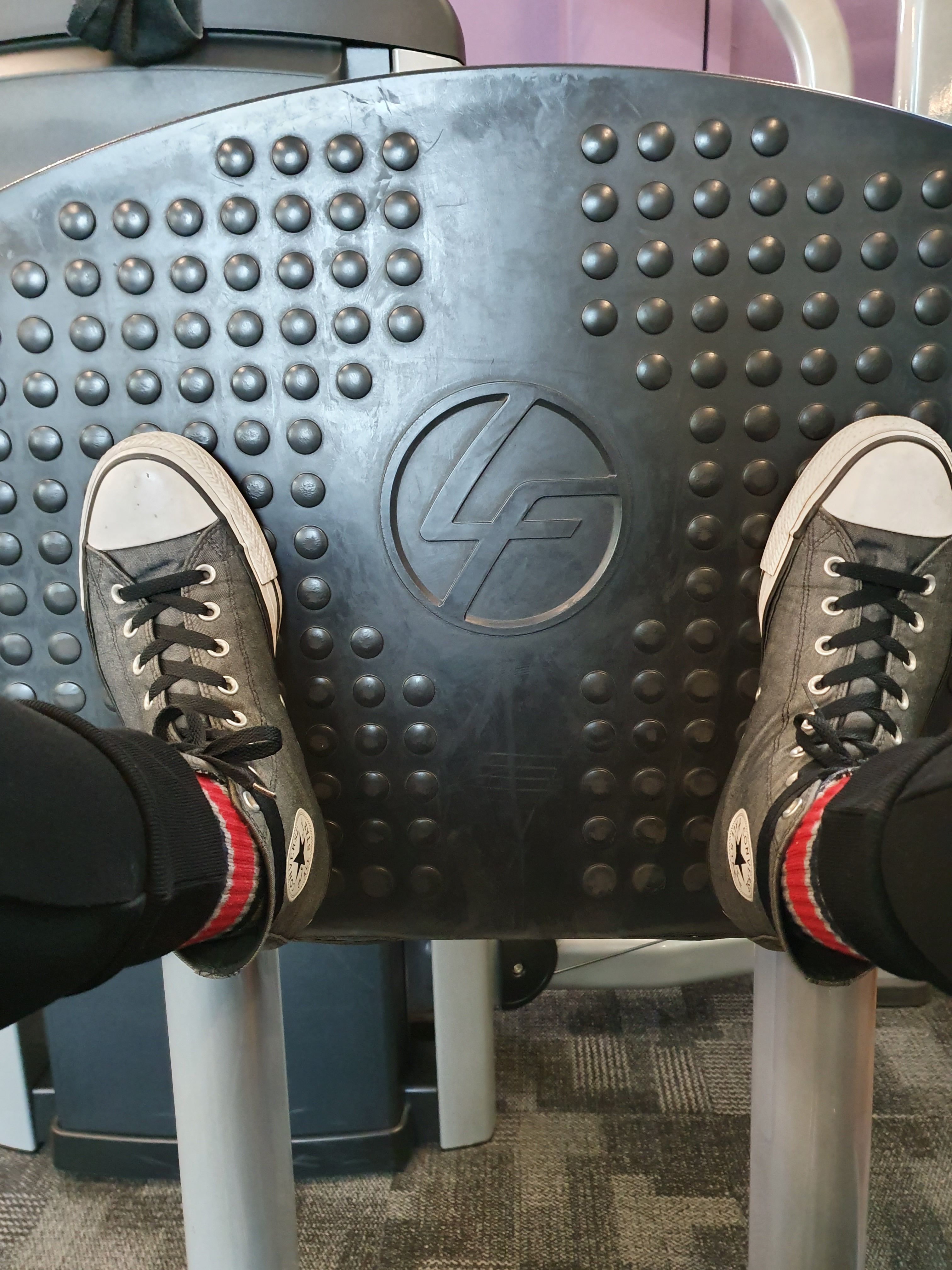
snjj185
No personal profile
400Follow
18Followers
0Topic
0Badge
Like and comment thx
GameStop earnings, consumer inflation data: What to know this week
Like and comment
Here Are the 3 Bank Moves Warren Buffett Has Made So Far in 2021
Like and comment pls
JD Logistics launches Hong Kong IPO to raise up to US$3.4 billion
Like and comment
Universal Pictures Strikes Pay-One Deal With Peacock In A Blow To HBO
Like and comment
Bill Gates and Melinda Gates are splitting up after 27 years
Like pls
Sorry, the original content has been removed
Like and comment pls thanks
Dow falls more than 500 points to close out its worst week since October
Like and comment
S&P ekes out gains to close languid week
Like and comment pls
U.S. IPO Week Ahead: Digital Payments, Mental Health Services, And More In A Diverse 8 IPO
Please like and comment thanks
Forget Dogecoin -- This Stock Is a Better Buy
Please like and comment
Sorry, the original content has been removed
Like pls
Sovos Brands opens for trading at $14.7, up about 22% from IPO price
Like and comment thanks
How earnings season is likely to play out in the coming weeks and its impact on the stock market
Like and comment thanks
The Stock Market Had a Great First Half. 3 Things That Could Cause it to Crash.
Pls like and comment
Berkshire Hathaway Annual Meeting 2021: Highlights and storylines
Like pls
Sorry, the original content has been removed
Like pls
Wall Street slumps after weak retail sales, Home Depot results
Like and comment pls
30 Top Stock Picks That Billionaires Love
Help like and comment pls
Netflix deserves the benefit of the doubt, despite subscriber slowdown, Jim Cramer says
Pls like
5 Reasons The Next Stock Bear Market And Recession Could Be The Worst Since The 1930s
Go to Tiger App to see more news